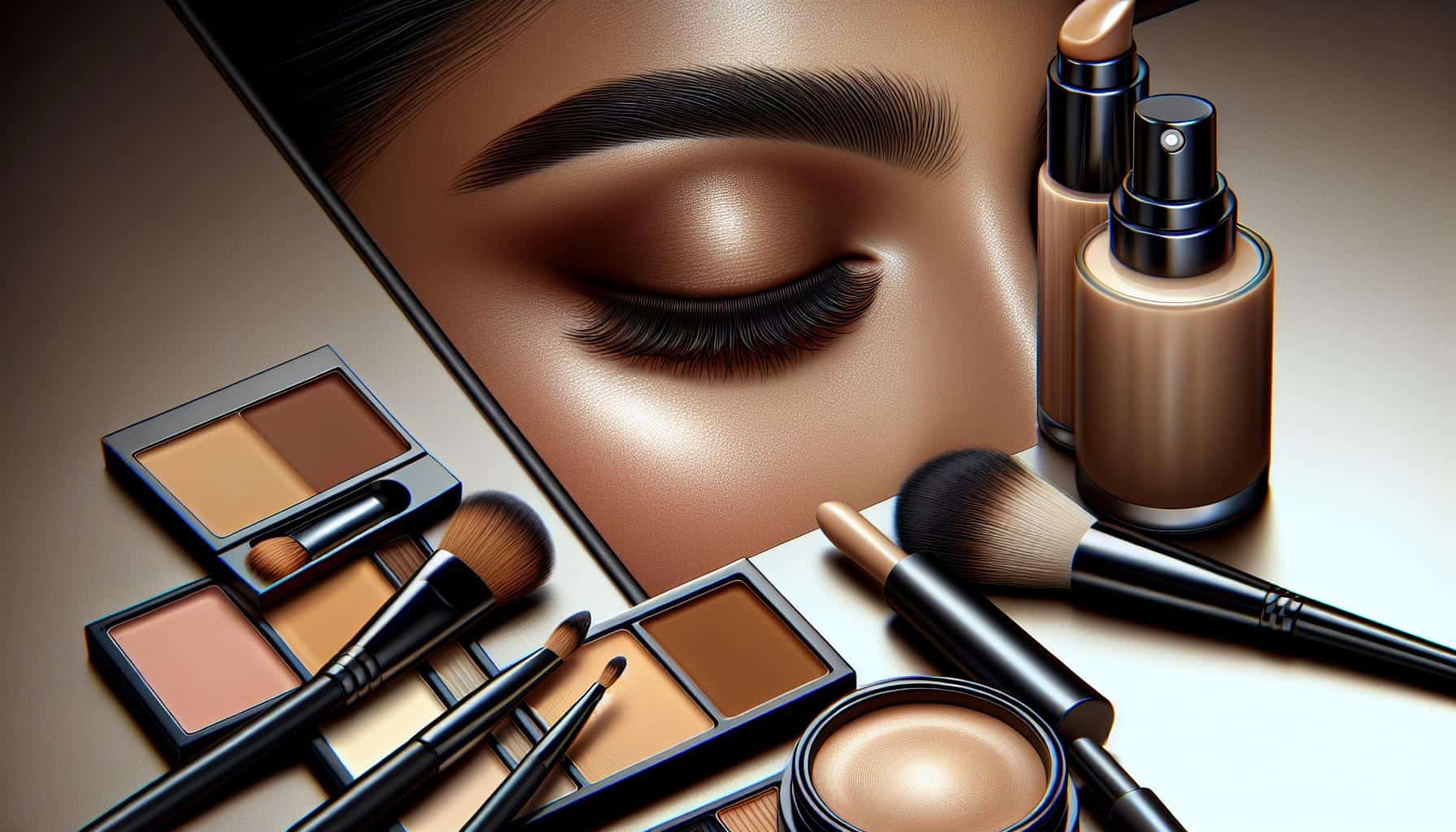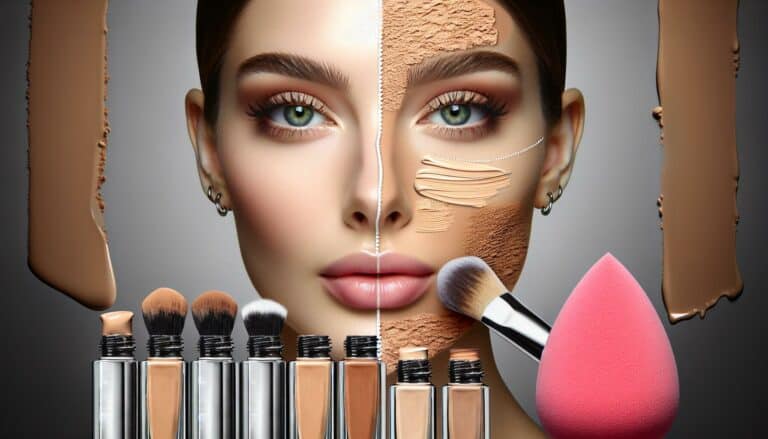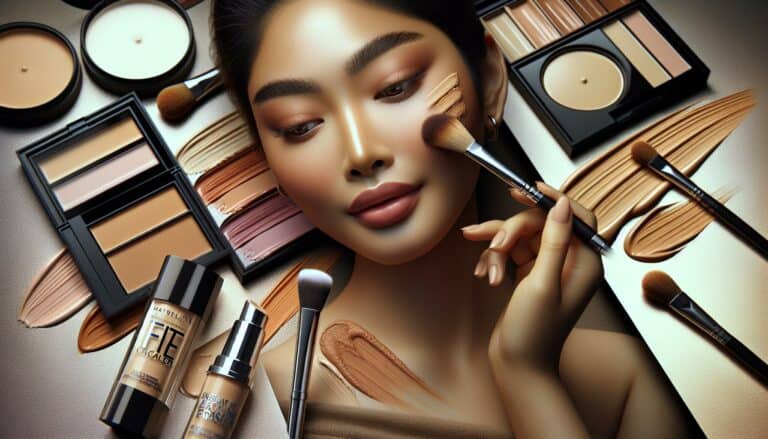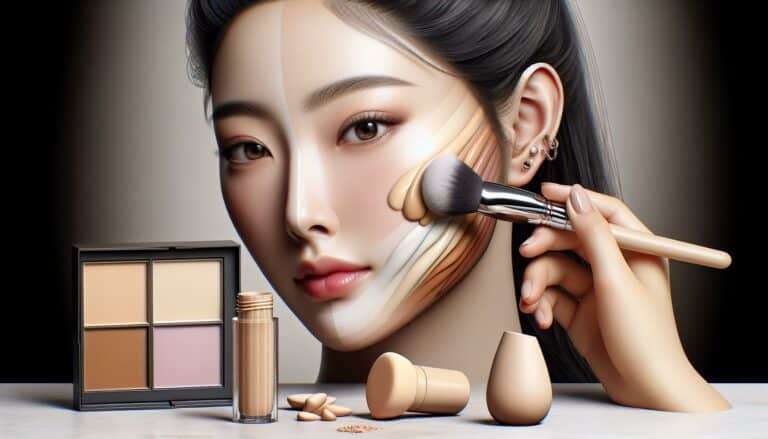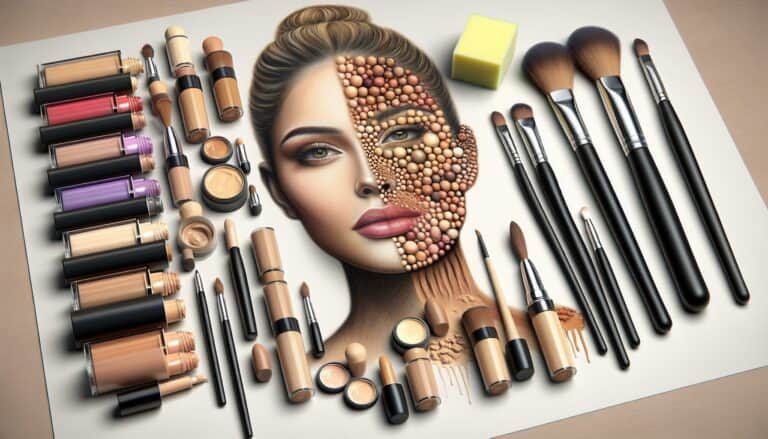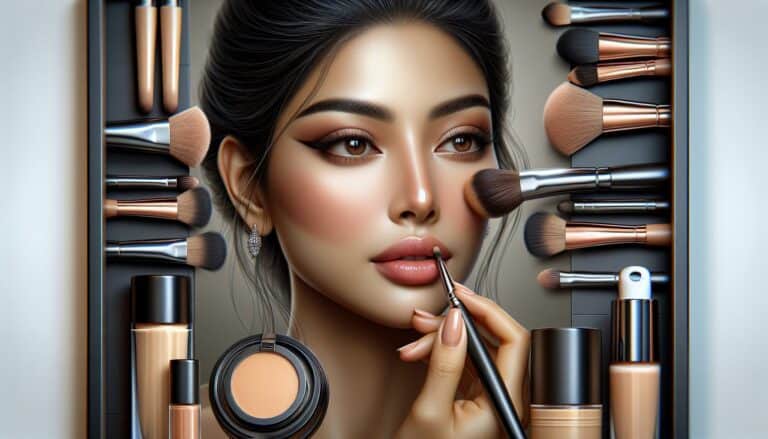Why Is My Concealer Creasing? Top Tips to Prevent It
What is concealer creasing?
When you’re facing the mirror, perfecting your makeup routine, there’s nothing more frustrating than noticing those tiny lines under your eyes where your concealer has decided to settle. Concealer creasing occurs when the product gathers into fine lines, wrinkles, or pores, creating a noticeable and often unflattering effect that can detract from a smooth, flawless complexion.
Several factors contribute to this pesky makeup dilemma. At the forefront, skin hydration and application technique play crucial roles. Lack of moisture in the skin can cause concealer to crack and crease, as the product struggles to adhere to a dry surface. Correspondingly, how you apply your concealer—whether with a heavy hand or the wrong tools—can exacerbate the problem.
Consider this quote that sums it up perfectly:
“Makeup should enhance your skin, not fight against it. The right technique is everything.”
To better understand, let’s break down the common causes:
| Cause | Description |
|---|---|
| Skin Hydration | Dry skin lacks the smooth base necessary for concealer. |
| Application Technique | Incorrect application can lead to product settling in lines. |
| Product Formula | Some formulas are more prone to creasing than others. |
| Skin Prep | Inadequate skincare can leave skin uneven. |
These causes highlight the importance of considering not just the makeup you’re using, but also how you’re applying it and the condition of your skin underneath. Remember, a little goes a long way and starting with a well-prepared canvas can make all the difference.
The importance of skincare in preventing concealer creasing
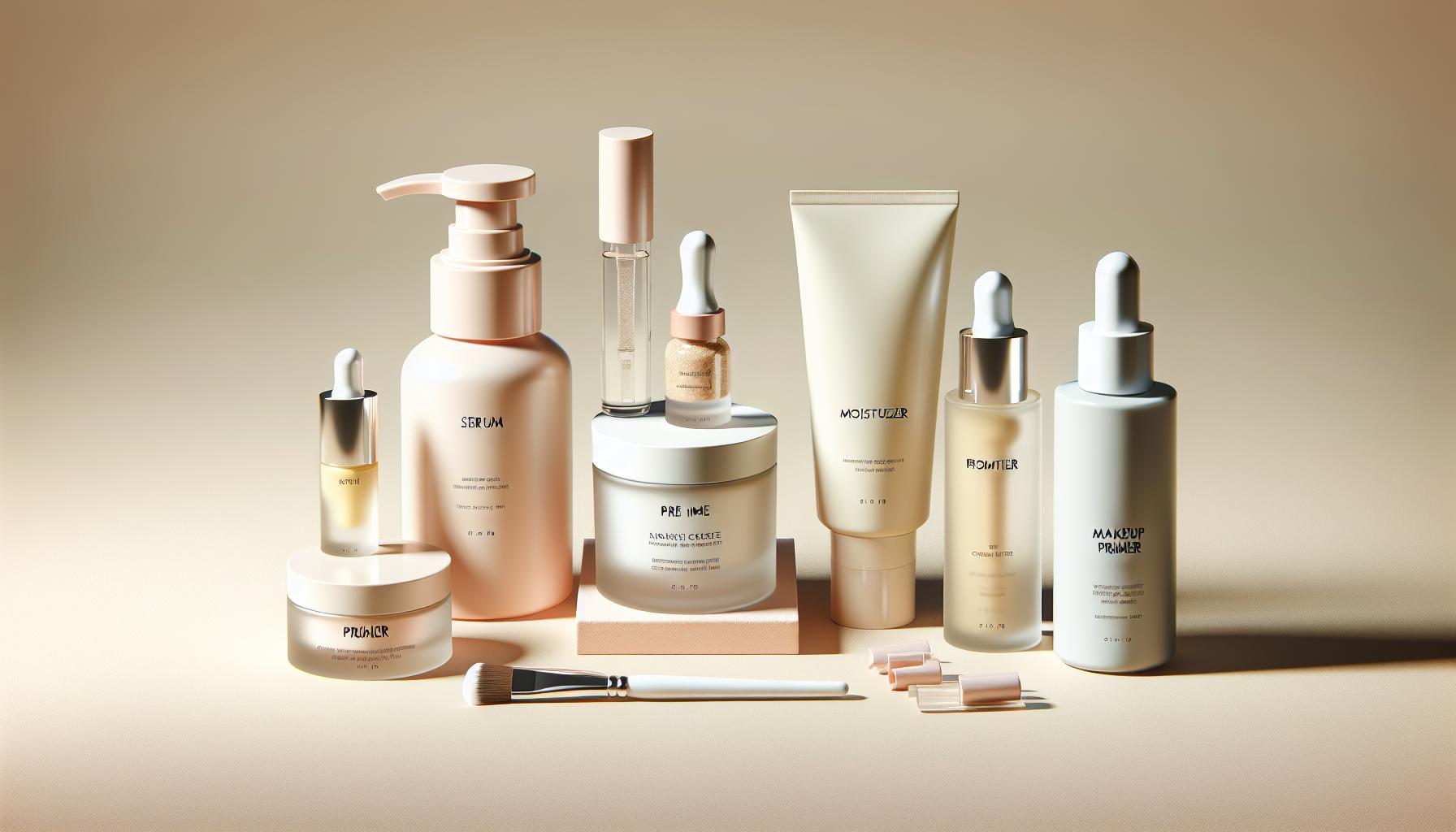
You might not think of your skincare routine as a key player in your makeup application, but hydration and conditioning your skin can make a world of difference when it comes to preventing concealer creasing. Before you even think about picking up a makeup brush, ensuring your skin is well-prepped is crucial.
Hydration is the backbone of plump, healthy skin. A well-moisturized face provides a smooth canvas for concealer, minimizing the chance of it settling into fine lines. Think of your skin like a sponge; when it’s dry, it’s more likely to absorb and trap makeup in all the wrong places.
“Healthy skin is the first step towards flawless makeup.”
| Component | Function |
|---|---|
| Hydrator | Attracts moisture to the skin |
| Moisturizer | Locks in hydration and protects the skin barrier |
| Primer | Creates a smooth canvas and helps makeup adhere better |
Incorporating products with hyaluronic acid can attract moisture to your skin, ensuring it stays hydrated throughout the day. Following up with a moisturizer locks in that hydration. Lastly, applying a primer specifically designed to smooth over fine lines can further prevent your concealer from creasing.
Choosing products according to your skin type is essential. Oily skin types might benefit from an oil-free moisturizer and a mattifying primer, while dry skin types should look for products that offer extra moisture and hydration. Remember, skincare and makeup go hand-in-hand; you can’t have one without the other if you’re aiming for that perfect, crease-free look.
Finding the right concealer for your skin type
Finding a concealer that complements your skin type is essential in avoiding the dreaded crease. Whether you have oily, dry, or combination skin, there’s a concealer out there tailored just for you.
For those with oily skin, look for products that are labeled as oil-free or matte. These concealers are designed to stay put and resist the slip that excess oil can cause.
If you’ve got dry skin, your best bet is a hydrating concealer. Look for keywords like hydrating or moisturizing on the packaging. These formulas often contain hyaluronic acid, which helps attract moisture, keeping your under-eye area fresh and smooth.
Combination skin can be a bit tricky, but it’s nothing you can’t handle. Aim for a balance with a concealer that’s not overly drying or too greasy. Sometimes, you might even find success in using two different types of concealer for different areas of your face.
Remember: “The right concealer for your skin type makes all the difference. Don’t settle for anything less than a perfect match.”
Here’s a quick table to help you decide:
| Skin Type | Concealer Type | Keywords |
|---|---|---|
| Oily | Matte, Oil-Free | Non-Comedogenic |
| Dry | Hydrating, Moisturizing | Hyaluronic Acid |
| Combination | Balanced | Long-Wear |
Choosing the right concealer isn’t just about the shade. It’s about understanding your skin’s needs and matching them with the right product. Incorporating this into your makeup routine can significantly reduce chances of concealer creasing and keep your makeup fresh all day long.
How to properly apply concealer to prevent creasing
When it comes to preventing your concealer from creasing, how you apply it makes all the difference. Start with a tiny amount; it’s easier to add more than to remove excess. Use a dabbing motion with your ring finger or a small, dense brush. This technique ensures that the product blends seamlessly into your skin without settling into fine lines.
Key Steps for Flawless Application
- Prime Your Skin: Always begin with a primer. This step creates a smooth canvas and helps the concealer grip onto something other than your pores or fine lines.
- Use the Right Tools: A blending sponge or a small, dense brush are your best bets for a smooth, crease-free application.
- Set with Powder: But do so lightly. Over-powdering can accentuate lines. A light dusting of translucent powder will set your concealer without adding weight.
“Less is more when it comes to setting powder. Aim for a luminous finish rather than a matte one to keep your under-eye looking fresh.”
Choose the Right Formula
The type of concealer you choose is crucial. Here’s a quick guide:
| Skin Type | Recommended Concealer Type |
|---|---|
| Oily | Matte, oil-free |
| Dry | Hydrating, creamy |
| Combination | A mix depending on the area |
Remember, hydration is key, no matter your skin type. Always moisturize before starting your makeup routine, and consider adding a hydrating eye cream to your regimen if you regularly struggle with concealer creasing.
By following these steps, you’re setting yourself up for a crease-free look that lasts all day.
Setting techniques to prevent concealer creasing
Once you’ve found the perfect concealer and applied it using the correct techniques, setting your concealer is the next crucial step to ensure it stays put without creasing throughout the day. Here’s how you can master this:
Use a setting powder: A light application of setting powder can make all the difference. Choose a formula that is finely milled to avoid adding texture to your under-eye area. Apply the powder with a small, fluffy brush to precisely set the concealer without making it look cakey.
Press, Don’t Rub: When applying setting powder, press the powder onto your skin using a damp beauty sponge or brush. This method helps to set the product in place without disturbing the layer of concealer underneath.
“Pressing setting powder onto your concealer, rather than rubbing, can significantly reduce creasing and enhance longevity.”
Consider a Setting Spray: For extra staying power, lightly mist a setting spray over your face. This can help lock in your makeup, including concealer, preventing it from settling into lines or moving around.
| Technique | Tool Used | Benefit |
|---|---|---|
| Setting Powder | Fluffy Brush | Prevents creasing by absorbing excess oils |
| Pressing Technique | Damp Beauty Sponge | Ensures even application without disturbing concealer |
| Setting Spray | Spray Nozzle | Locks makeup in place, enhancing longevity |
Remember, less is more when it comes to setting products. Overloading the skin with powder or spray can have the opposite effect, leading to cakiness or even more pronounced creasing. Experiment with different techniques to find the perfect balance for your skin.
Conclusion
While concealer creasing can sometimes feel like an inevitable frustration in your makeup routine, understanding the root causes and incorporating targeted solutions can dramatically reduce this issue. Remember, hydration and skin prep play pivotal roles in achieving that flawless finish.
Key Points to Remember
- Hydration is your best friend; always start with a well-moisturized face.
- Choosing the right concealer formula for your skin type can make a world of difference.
- Proper application techniques and tools are essential to prevent concealer from settling into lines.
"Taking time to prepare your skin and apply your makeup properly can turn your makeup routine into a ritual you enjoy rather than a task to correct imperfections."
| Factor | Importance Rating (1-10) |
|---|---|
| Hydration | 10 |
| Right Formula | 9 |
| Application Technique | 8 |
| Skin Prep | 9 |
The table above highlights the critical factors in preventing concealer creasing. As you can see, hydration tops the chart, underscoring its importance in achieving a smooth, crease-free finish.
By keeping these points in mind and integrating them into your beauty regimen, you’re not just covering up imperfections but also pampering your skin in the process. This holistic approach ensures that each step, from skincare to the final touches of your makeup, contributes to a radiant and healthy complexion that looks as good as it feels.

